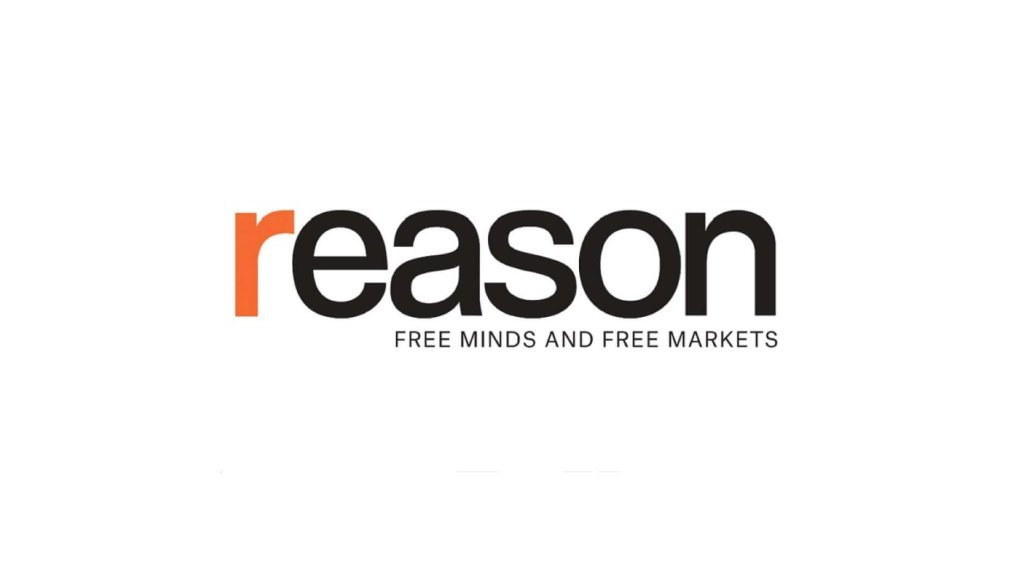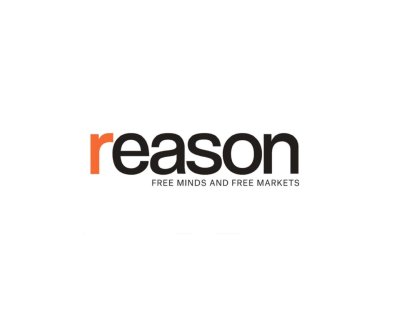How Symmetry Works—and Why It Is Already Part of Our Law
As my last post explained, my new book, Constitutional Symmetry: Judging in a Divided Republic, argues that judges should favor, when possible, constitutional understandings that offer valuable protections on opposite sides of key current divides, instead of just one side. Our current divided and acrimonious politics have produced a perilous tendency to politicize constitutional law and advance wholly partisan visions of the Constitution’s meaning. Symmetric interpretation aims to counteract that tendency.
As I also explained, favoring symmetry is not a hard and fast rule; it is instead a preference. That means judges should favor symmetry only insofar as their primary interpretive commitments allow. In that sense, it resembles other second-order values in interpretation such as judicial restraint. A judge committed to restraint will invalidate democratic choices only when the Constitution is clear, but determining when the Constitution is clear requires a theory of interpretation that restraint alone cannot provide.
Symmetry is the same: because symmetry cannot override clear constitutional requirements, judges will each have to decide when their primary interpretive commitments do and do not permit symmetric understandings. Furthermore, the Constitution itself is not symmetric with respect to all conceivable ideological divisions. It is not neutral, for example, between representative democracy and dictatorship, nor between racial equality and racist oppression.
Within the range of reason
Article from Reason.com

The Reason Magazine website is a go-to destination for libertarians seeking cogent analysis, investigative reporting, and thought-provoking commentary. Championing the principles of individual freedom, limited government, and free markets, the site offers a diverse range of articles, videos, and podcasts that challenge conventional wisdom and advocate for libertarian solutions. Whether you’re interested in politics, culture, or technology, Reason provides a unique lens that prioritizes liberty and rational discourse. It’s an essential resource for those who value critical thinking and nuanced debate in the pursuit of a freer society.



